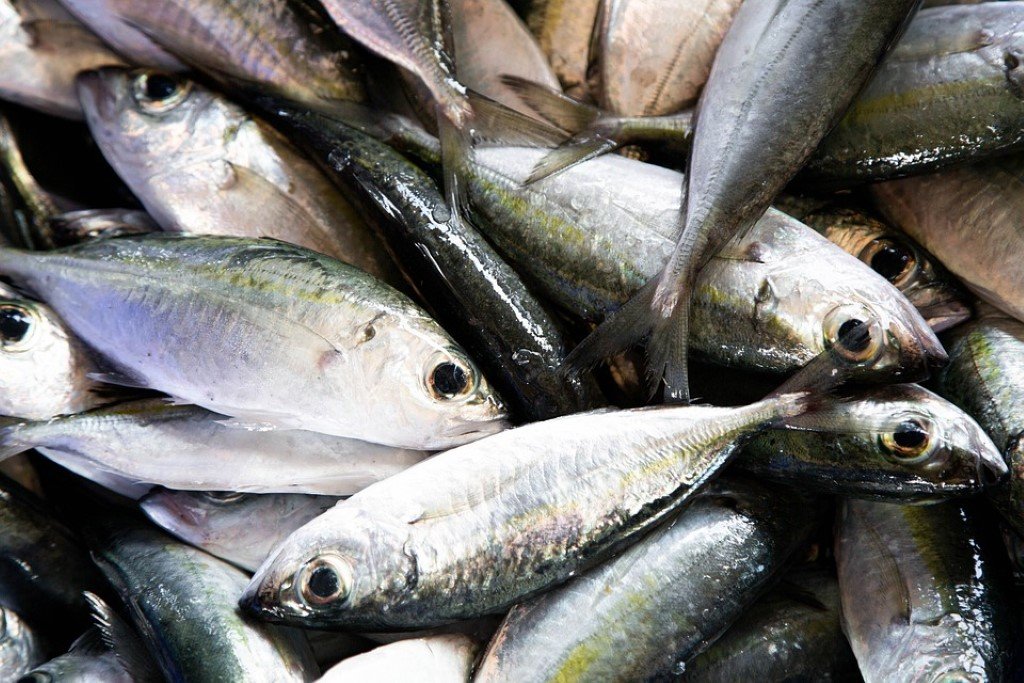The Department of Fisheries, under the Ministry of Fisheries, Animal Husbandry and Dairying, Government of India, has announced the development of a Tuna Cluster in the Andaman and Nicobar Islands as part of the Pradhan Mantri Matsya Sampada Yojana (PMMSY). The initiative aims to expand opportunities in India’s fisheries sector, focusing on maximizing production, boosting exports, and creating job opportunities in coastal regions.
Andaman and Nicobar Islands: Ideal for Tuna Cluster Development
The Andaman and Nicobar Islands, with an extensive Exclusive Economic Zone (EEZ) of approximately 600,000 square kilometers, are rich in underutilized marine resources, particularly tuna species. An estimated 60,000 metric tons of tuna and related high-value species inhabit these waters, offering substantial potential for fisheries development.
An “exclusive economic zone,” or “EEZ” is an area of the ocean, generally extending 200 nautical miles (230 miles) beyond a nation’s territorial sea, within which a coastal nation has jurisdiction over both living and nonliving resources.
Located near Southeast Asian nations, the islands are well-placed for sea and air trade, allowing for efficient export processes. The area’s pristine waters further support sustainable fishing practices, while effective administrative measures position it to capitalize on its marine resources, generating economic growth.
Investment and Infrastructure Focus to Enhance Competitiveness
The notification establishing the Tuna Cluster is expected to bring economies of scale to the fisheries sector, fostering higher incomes and structured growth across the country. The initiative will facilitate targeted investments, including investor meetings to promote partnerships with tuna-fishing countries. Training, capacity-building programs, and exposure visits for stakeholders will also be organized to build industry expertise. Additionally, infrastructure development for fish landing, processing, and export connectivity will be prioritized to streamline operations and improve India’s global competitiveness.
Fisheries Sector as an Economic Driver
India’s fisheries sector is a vital part of the national economy, contributing significantly to rural income, exports, and food security. Over the past decade, the government has introduced several major initiatives to advance the sector, such as the Pradhan Mantri Matsya Sampada Yojana (PMMSY), the Fisheries and Aquaculture Infrastructure Development Fund (FIDF), and the Blue Revolution. Since 2015, investments totaling ₹38,572 crores have driven transformative progress in this field. To maintain growth, the Department of Fisheries is further promoting a cluster-based approach that integrates production and processing within an end-to-end value chain.
Cluster-Based Approach: Uniting Enterprises Across Value Chains
The cluster-based approach brings together geographically connected businesses of all sizes, from micro and small to medium and large enterprises, covering the entire value chain from production to export. This collaborative model strengthens financial viability by establishing strong linkages, bridging value chain gaps, and creating new business opportunities and livelihoods. By encouraging resource sharing and fostering partnerships, the approach seeks to reduce costs, drive innovation, and promote sustainable practices across the fisheries sector.
Read more: Nature’s Miracle and Robostreet Collaborate to Launch Electric Truck Farms
Strategic Focus on Diverse Fisheries Clusters
The Department of Fisheries has outlined a comprehensive plan for cluster development, targeting key areas such as Pearl, Seaweed, and Ornamental Fisheries; Reservoir Fisheries; Fishing Harbors; Saline Water Aquaculture; Cold Water Fisheries; Sea Cage Culture; Freshwater and Brackish-Water Fisheries; Deep Sea and Oceanic Fisheries; Organic Fisheries; Wetland Fisheries; and other region-specific needs. Potential locations are being identified in collaboration with State Governments and Union Territories, based on parameters like fish culture, production trends, export potential, number of fishing boats, and existing infrastructure.
Priority Locations for Cluster Development
As part of this strategic initiative, the Department of Fisheries has prioritized three specific locations for cluster development: Hazaribagh District in Jharkhand for pearl culture, Madurai District in Tamil Nadu for ornamental fisheries, and the Union Territory of Lakshadweep for seaweed cultivation. This targeted approach aims to harness regional strengths and bolster India’s fisheries sector, contributing to the nation’s economy and creating sustainable livelihoods.




